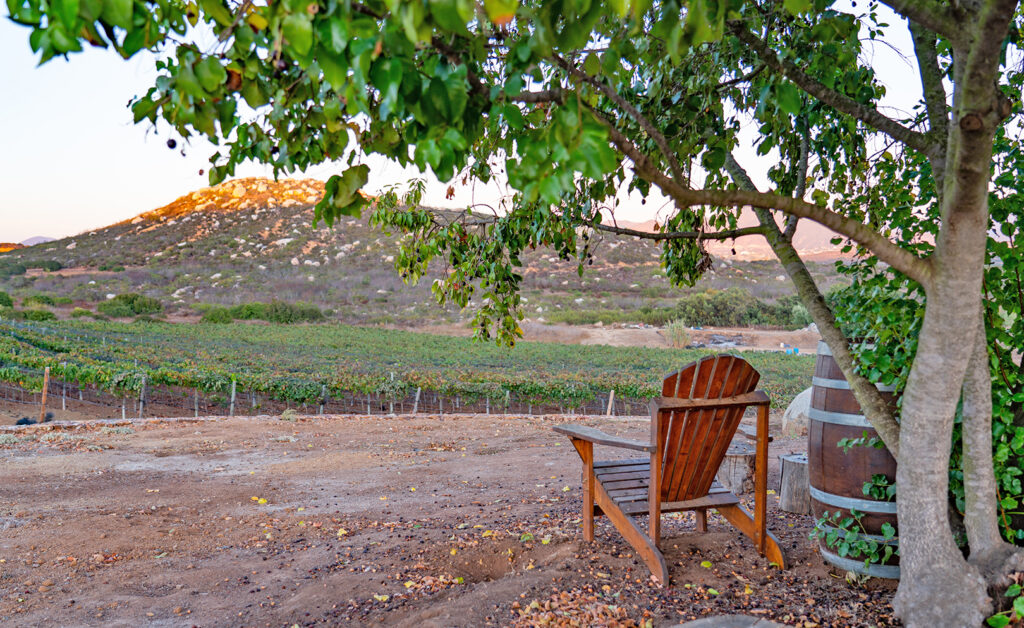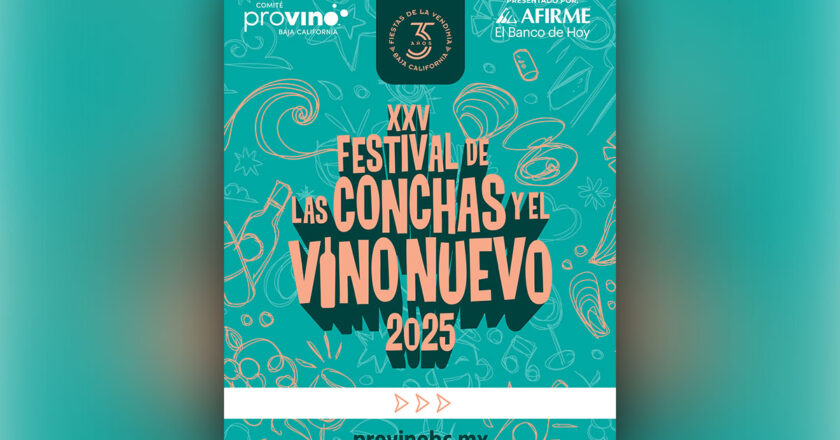Venture off the Beaten Path
For decades Baja California has been known as a destination for Spring breakers. But this image has changed over the years. There is a new look and presence to be enjoyed, and Baja has much more than the margarita to sample. This is found by the true traveler as their curiosity takes them off the beaten path. Surprises await. This Easter season is celebrated in many different ways in Baja and one of those is a good old fashion Easter egg hunt. With a short drive through sleeping grape vines, orange groves and hidden in the hills of the Guadalupe Valley is the En’Kanto winery. Each year they host a community egg hunt. Part of the festival includes a visit to their very special heritage chickens. Baja is one of the very few purebred chicken breeding farms. These classy hens are known for their rainbow eggs.
There is a long history of how the egg became part of a holy tradition we know as Easter today. The egg is an ancient symbol of new life and it has been associated with Pagan festivals celebrating spring. It is said that the tradition of decorating and coloring eggs dates back to at least the 13th century. The first hunt was recorded in the 16th century in Germany. Martin Luther, a Protestant leader for the Lutheran church, introduced the egg symbolizing life and resurrection. And now children around the world are delighted when they find special eggs hidden in the grass.
Tom and Eva invited me out to meet their good friend, Cassie. Forgive the pun, but this is how the story was hatched. It all started when Cassie wanted to have fresh eggs for breakfast. The vineyard and casita rentals were surround by plenty of beautiful landscaping and room for a chicken coop. Little did anyone know at the time that they would one day have a purebred farm in Baja California.
Cassie and I met at the expanded enclosure. I learned right away that you have to have a sense of humor to be a “Poulterer.” Cassie just grinned and said, “We have some pretty funny titles; Chief Hen’Kanto Officer CHO, La Cluckadora and Madam Hatch-a-lot.” This is seriously funny way of life. She has a T-shirt that reads, “I might look like I’m listening to you, but in my head, I’m thinking about getting more Chickens.” We are both laughing by the end of the list. We started with the basics. It takes a rooster and a hen and the right set of factors for purebred birds. We stepped inside the brooding grounds; I watched for poop hidden the hay. There was a cacophony of clucking like a barnyard symphony and birds were running everywhere. But these were not ordinary chickens, these were beyond the idea of chicken. It was a funny, wildly beautiful display of bird life. The plumage of the different breeds was like a moving art show, from orange, rusty red and iridescent black of the studly rooster to the cream and white hen with the jazzy feathered hat and skinny legs reminiscent of Dr Suess’ little “Things” characters.
Cassie pointed out how the hay was laid out, “Actually we just throw in a bale of hay and they do all the work. They love to pick at it and they spread it everywhere.” She opened an inner door and pointed out how they roost at night. The feeding is simple, but Cassie exclaimed, “Oh the feed has gone sky high! It has doubled in price!” The feeders themselves are uniquely created to keep the mice out of the grain. Cassie knew all of her birds and the future pairings that would go on to create new chicks. But she was worried, “There are way too many roosters now and this is a problem as you can imagine.” When the breeding begins there is a special place where one lucky rooster is put in separately with eight or nine hens of his breed. Otherwise, there will be “mut” a mixed breed. She explains, “This is just like dog breeding to get the specialty breeds; it is the same with chickens for their rainbow eggs, plumage displays, dual purpose, or just for being cute.”

She continued, “I didn’t want to have roosters because they start crowing at four in the morning and I didn’t want them to disturb the guests staying in the casitas.” One thing led to another, and she admitted, “People start to get addicted.” There is a natural desire to begin to breed them she said, “It’s called Chicken Math.” This opens up a whole new experience and it is no longer just about the eggs. It creates a different way of life. The Poulterer begins to keep all the breeding schedules in their heads and to a layperson it is mind boggling.
When the hens begin to lay, Cassie collects 22 fertilized eggs for the incubator. It takes 21 days to hatch, however on the 18th day the eggs need to go into “lockdown” with higher humidity in the incubator. They no longer rotate hourly and must be removed and placed under the heat lamp. This allows more space for them when they hatch. Recently Cassie purchased a second incubator and is deciding on a third one. “Each one will be in process of hatching in 21 days so every week you have little chicks.” On top of this, there is the schedule for breeding to coincide with the batches leaving the incubators. “Chicken Math” is ongoing in Cassie’s head all the time. She explained, is a joke among backyard chicken-keepers. It means you start with 4 or 6 chickens and before you know it you have 50!”
“There are very few sources for purebred chicks here in Baja, and now we can begin to sell them. Some people love a special breed for pets, but there is also the opportunity of having eggs. There is a new Polish breed I have coming, and people are going to love them!” Laughing, “Yes, I am addicted!” Cassie hopes there will be the first batch of little chicks for April. What a fun Easter gift this can be.
There is so much here to enjoy all year around. The natural landscaping features massive granite boulders that are millions of years old and were left here like ancient art forms. The vineyard is always a wonder to behold in its different stages of growth. In Spring the first tiny leaves are seen pushing out of what looks like dry dead wood. In the fall the vines are heavy with grapes and the citrus groves are lush with fruit. Old tree growth provides lovely setting to enjoy wine tasting. The outdoor restaurant serves up a delicious array of homecooked delights as well as those maintaining a personal diet. And yes! You can experience eating an omelet made with fresh eggs from the classy hens. This is a real gem off the beaten path. If you visit, be sure and tell them that Martina sent you. Open Friday through Sunday, www.enkanto.mx
Editor’s Note: Martina is a freelance writer, author and columnist for Baja Bound where this story first appeared. Visit the Baja StoryTeller and read many more of her years of travel stories. See our aid and order a copy today.




